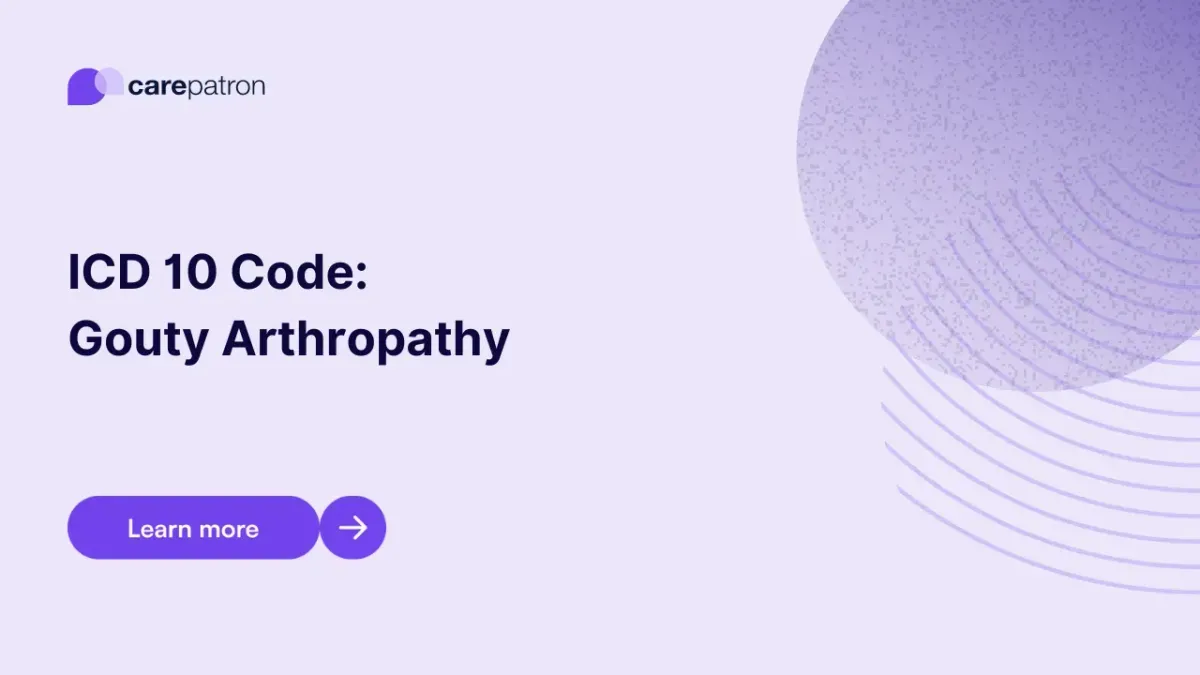
Gouty Arthropathy ICD-10-CM Codes | 2025
Explore the ICD-10 codes for gouty arthropathy to ensure accurate documentation, billing, and effective management of gout-related joint conditions.
Use Code
EHR and practice management software
Get started for free
*No credit card required
Free
$0/usd
Unlimited clients
Telehealth
1GB of storage
Client portal text
Automated billing and online payments
